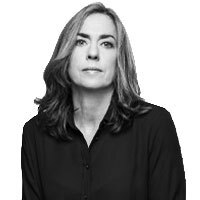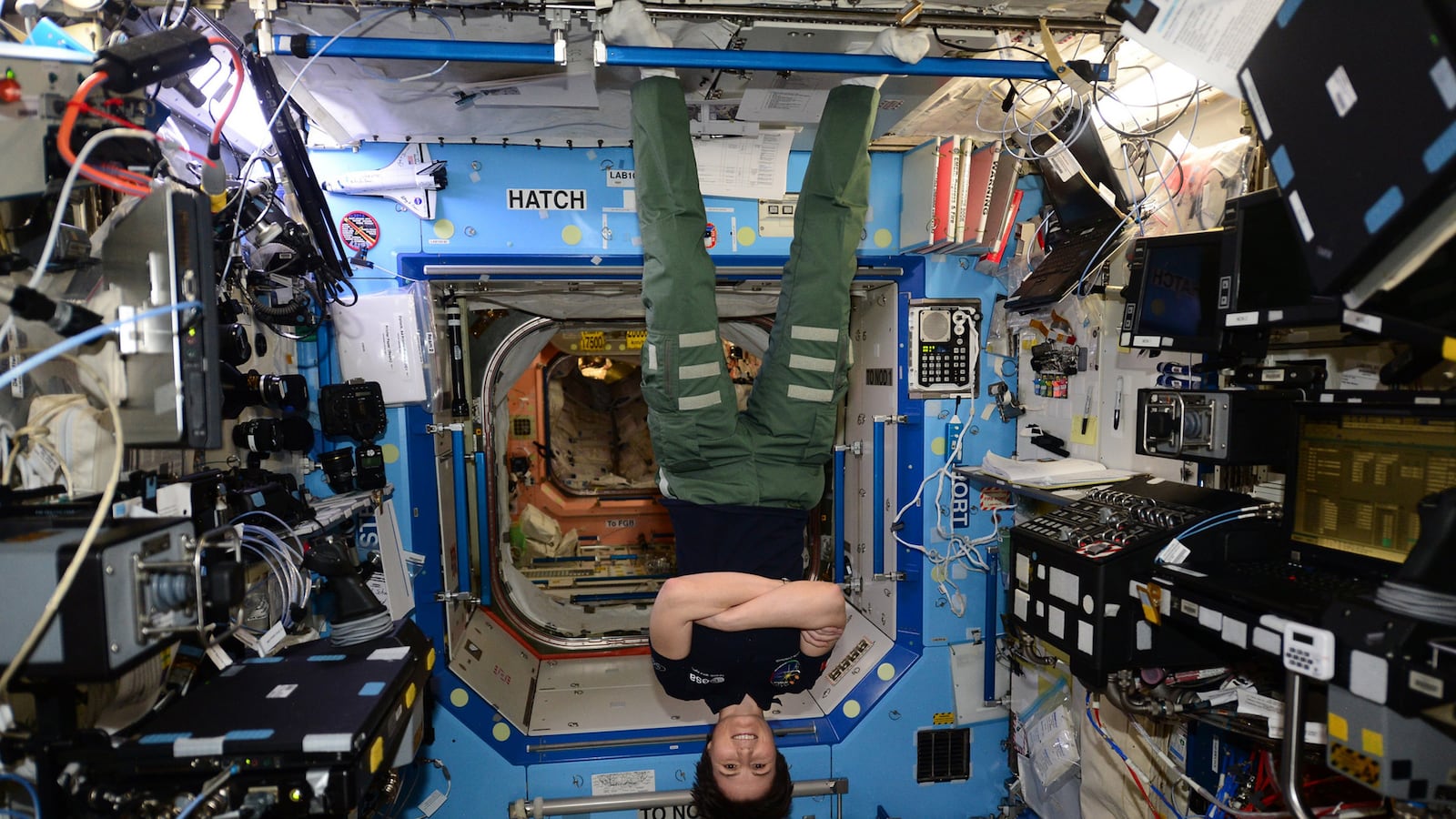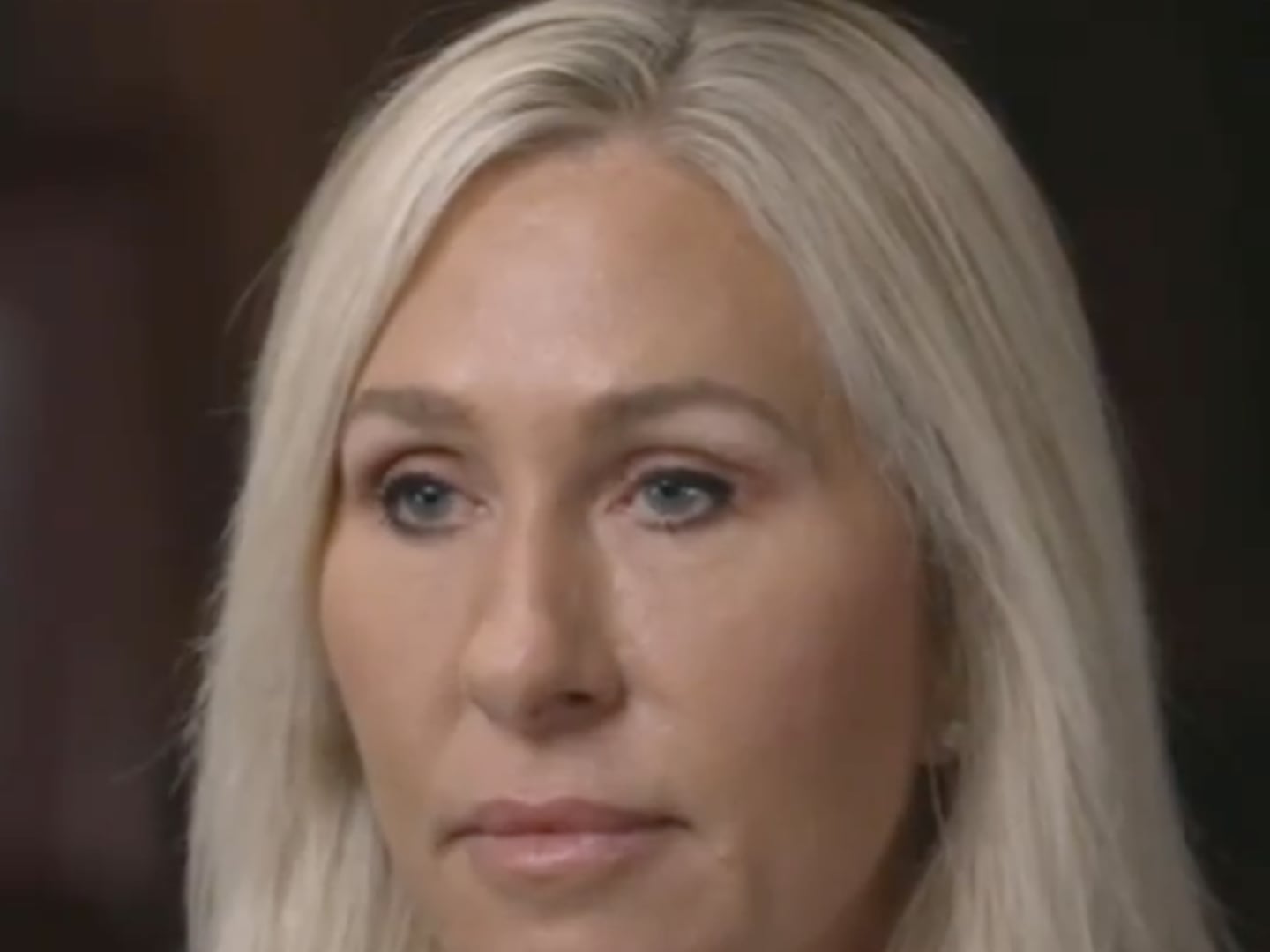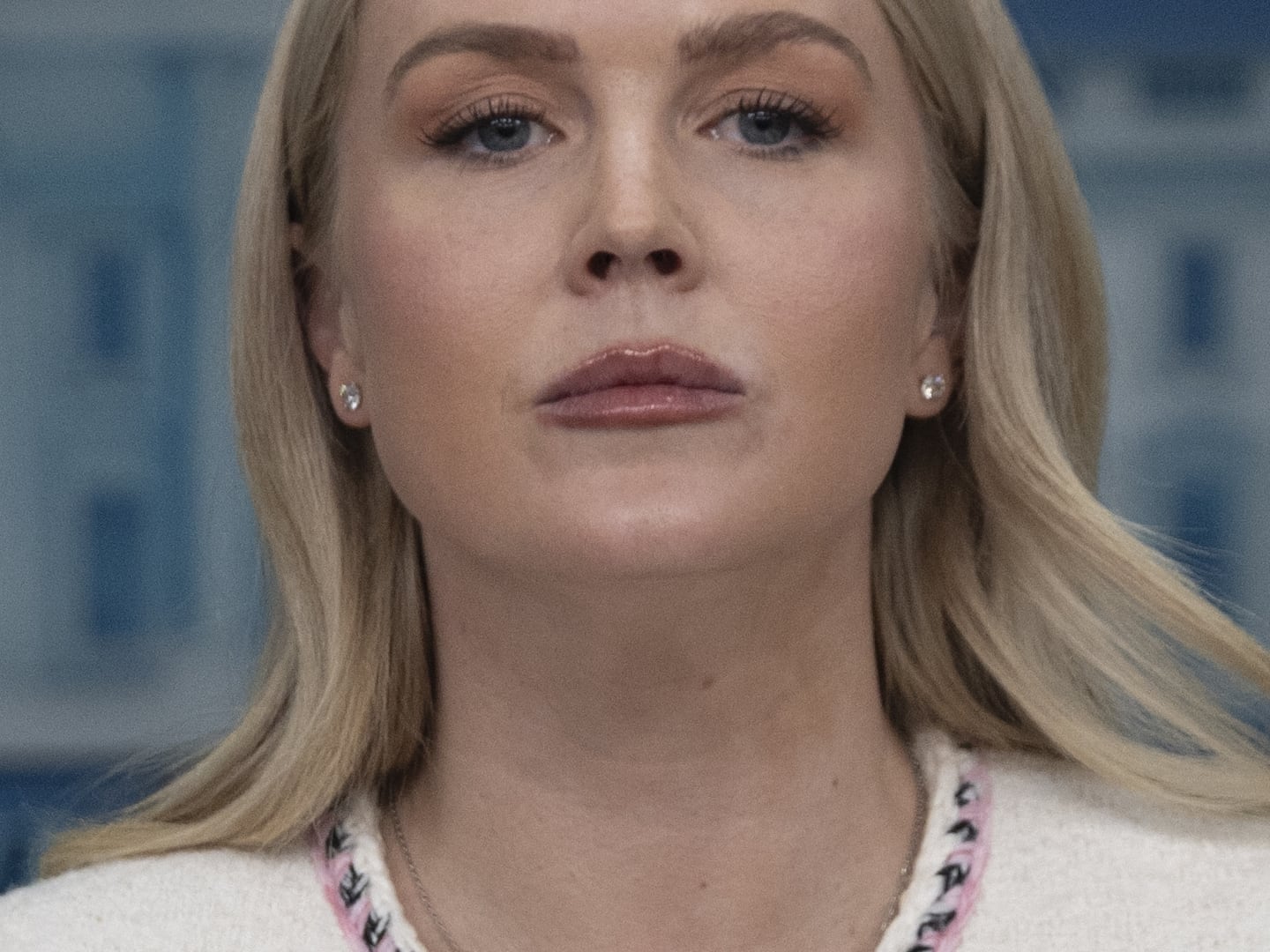ROME — Italian astronaut Samantha Cristoforetti was cool even before she tweeted a selfie from the International Space Station in a Star Trek uniform like the one Star Trek USS Voyager captain Kathryn Janeway wore.
“There’s coffee in that nebula,” she tweeted, quoting Janeway but also referring to the SpaceX Dragon cargo ship that brought her an Italian espresso machine made especially for space-brewed Italian coffee. A few days later, she donned Janeway’s uniform again and posed, sipping coffee from a zero-gravity demitasse. “Coffee: the finest organic suspension ever devised,” she tweeted from outer space, quoting Janeway’s famous line.
The 38-year-old Italian Air Force fighter pilot, who is Italy’s first woman in space as part of the European Space Agency’s Futura program, is winding down a six-month mission at the ISS during which she has become a space icon, and not only for Italians, tweeting almost-daily photos of planet Earth from her vantage point to nearly half a million followers.
Astro Samantha, as she’s called, is expected to leave the ISS on May 14. Among the astronauts and cosmonauts she shares space with is American Scott Kelly, the twin brother of astronaut Mike Kelly, who is married to former congresswoman Gabrielle Giffords. Scott, who also tweets from space and answers questions via Twitter, is on a one-year mission on the ISS. He and a Russian cosmonaut will be the first humans ever to spend that long in space.
Astro Sam, as we might as well call her, also blogs details about daily life in space, translated into the five languages she speaks: Italian, French, Spanish, German, and Russian. She is also learning Chinese in her spare time. Her English blog has been viewed more than 26 million times.
Astro Sam’s observations are often poignant and witty and, pardon the pun, surprisingly down-to-earth. She read Dante aloud on his 750th birthday, and described space dancing on New Year’s Eve. She posted a photo of the astronauts’ Christmas stockings hung in the lab capsule, which she said they stuffed with each other’s favorite dehydrated food packs.
Almost every night she tweets a “Good Night Earth” picture of wherever she happens to be when her day ends on the ISS, which she refers to as “humanity’s outpost in space.” She also posts amazing storm pictures of weather systems from above and stunning night shots of her favorite cities on her Flickr account and Facebook pages.
“I find myself being very ambivalent about the passage of time,” she wrote three weeks into her mission. “The time when I used to walk and sleep in a bed almost seems like distant memory and it feels like I’ve always floated, always slept in a sleeping bag, always run on the wall and lifted weights on the ceiling.”
Her blogs, which are followed by schoolchildren across Italy, with whom she often beams down science lessons and sets up “ham” radio sessions, also outline the work astronauts do in space, including countless studies on earthworms and fruit flies. When the fruit flies arrived, she even made an alien joke. “But hey, as you know, there’s not only us humans on ISS!” she blogged. “No, no, don’t get excited, I’m not aware of any stow-away alien living onboard nor of any UFO flying combat air patrols in the area, but we have of course our friendly fruit flies!”
She has been particularly candid about personal hygiene at zero gravity. This week, she posted a fascinating video on her YouTube channel, demonstrating how astronauts wash themselves. In her logbook blog, she confessed she practiced using the bathroom devices before launch, writing, “There’s two things that you really want to be very familiar with when you’re about to launch to space: your spaceship and everything that has to do with using the toilet!”
Cristoforetti has also been candid about mortality and the fears she and the other astronauts can’t help but feel. In her January 17 logbook post, she described how an emergency alarm went off on the ISS, sending the astronauts who are generally stationed in the American wing to take shelter in the separate Russian wing. In what could be a screenplay for a sequel to Sandra Bullock’s traumas in Gravity, she wrote about what it was like to don the ammonia respirators and enact the emergency procedures they hoped they would never have to use, waiting for instructions from Houston. “I believe that the thought did cross everybody’s mind as we closed the hatch: we might never reopen it again,” she wrote.
Her recent posts have all been about her sadness leaving the station. She joked about hiding when the Soyuz spacecraft arrives to take her back next week. There is little doubt her scientific collaboration on the ISS is important—in fact she operated the robotic arm that docked the Dragon supply craft. But her greatest contribution might just be bringing space a little closer to Earth.






